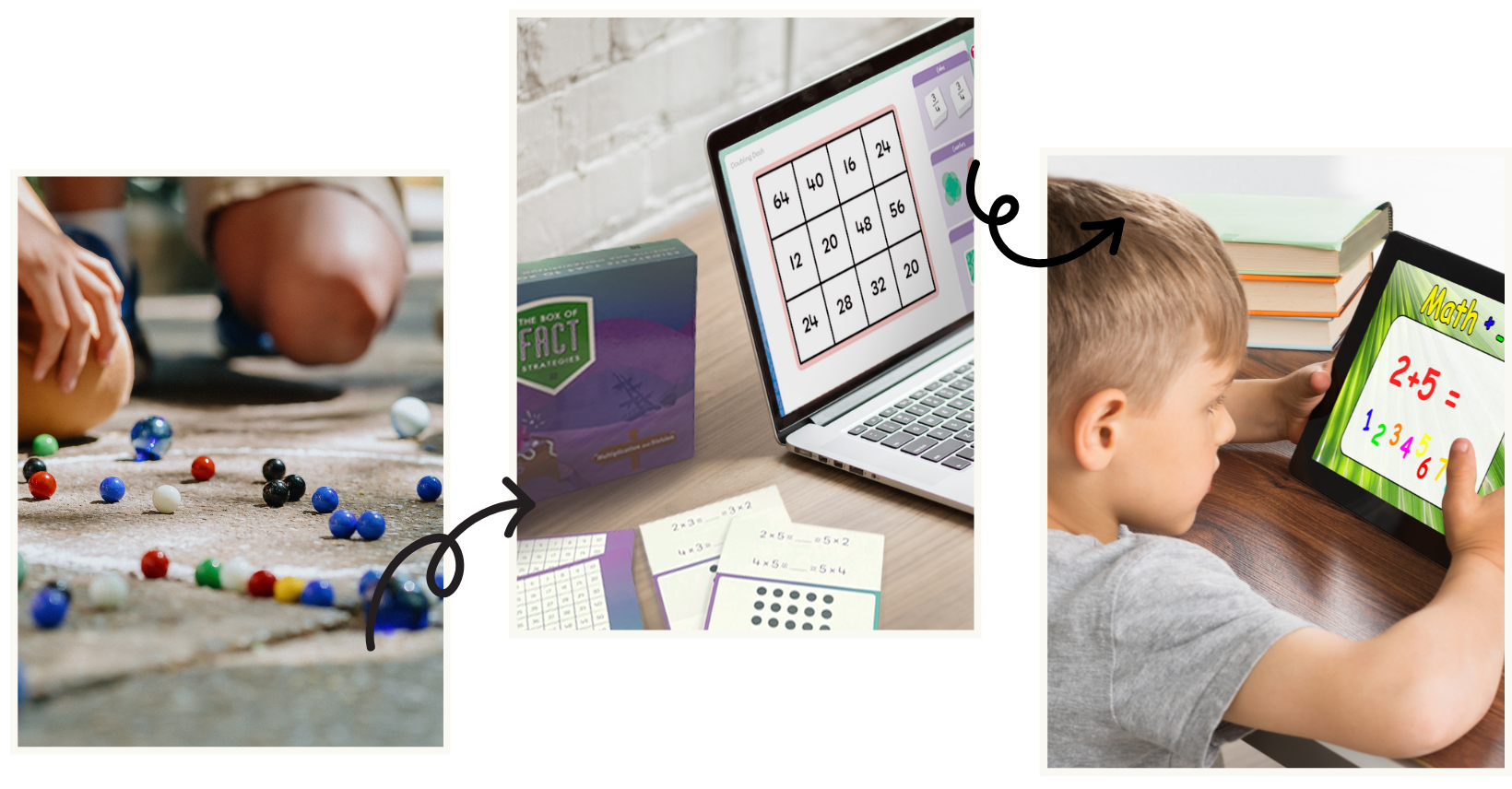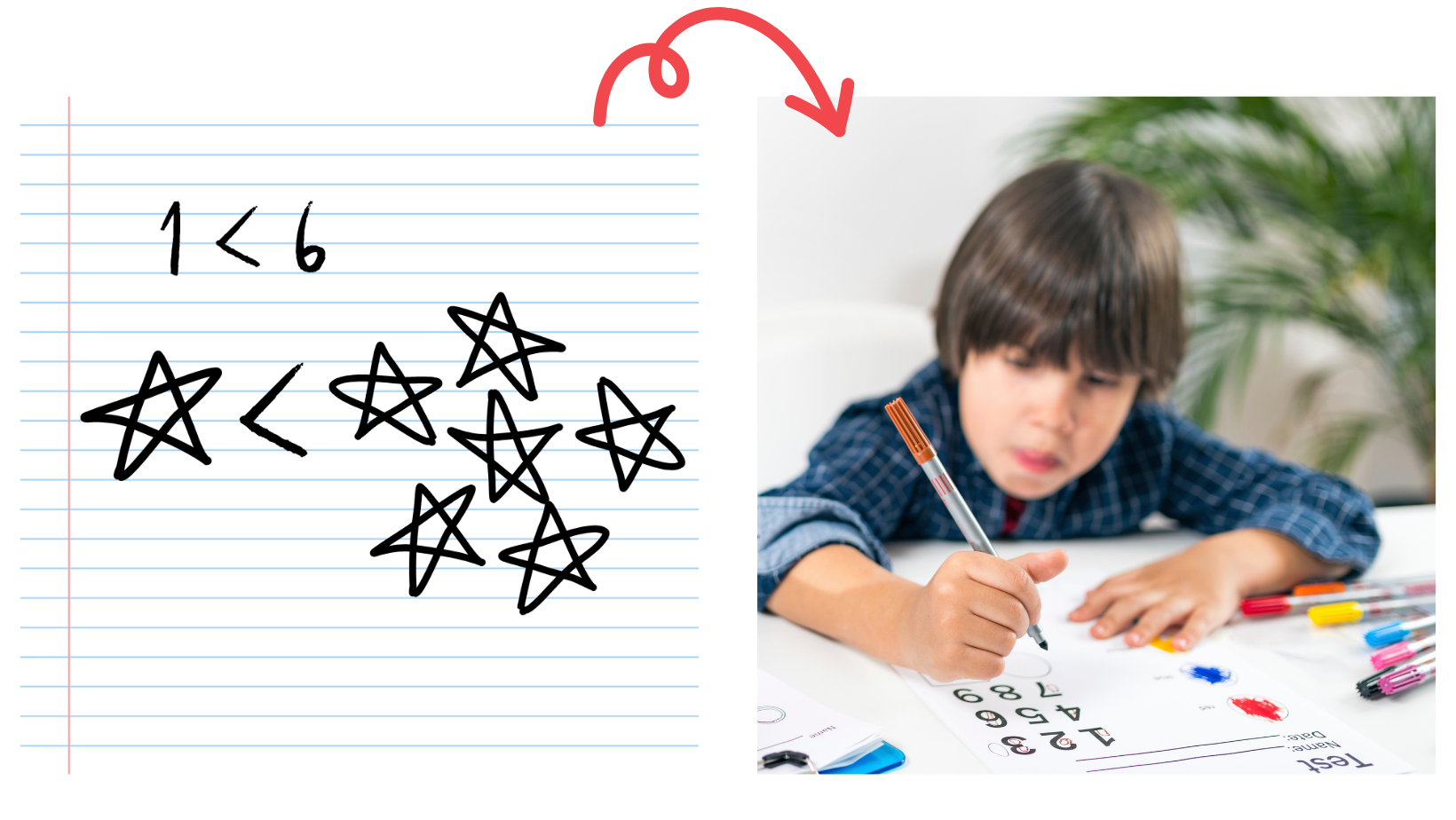Insights
5 Ways to Prepare Students for Standardized Testing Without Teaching to the Test
Standardized tests are assessments of how well students grasp core concepts and understand their application in a variety of contexts. These tests attempt to measure student knowledge and skill against set benchmarks. Because these high-stakes tests assess virtually all the content in the curriculum that was supposed to have been mastered by the end of the course, they demand quite a bit from both teachers and students.
For young learners, especially those in grades K-5, the growing emphasis on math assessments can create added pressure. However, it’s both important and achievable to meet this demand without simply “teaching to the test.” By incorporating a few straightforward strategies, we can create a learning environment that enriches students’ mathematical understanding while easing the stress of assessments.

The Downside of Teaching to the Test
“Teaching to the test” is a method in education that gears both the curriculum and the instruction toward helping students achieve high scores on standardized assessments. It involves not just alignment of what is taught to the test, but also almost complete alignment of how it is taught, with the format and the content of these important measures of student learning.
The goal, of course, is to improve student performance, especially at those times when it seems achievement is just falling below some benchmarks.
While this approach may be helpful for short term score gains, it fixes the spotlight too firmly on the kinds of skills and knowledge that students need to have to do well on standardized tests, which can limit the types of things students learn and the ways they learn them. In a sense, this approach narrows the curriculum. Similar to the “drill and kill” strategy, teaching to the test can feel very much like rote memorization and doesn’t encourage students to think in creative, critical, or even abstract ways.

Preparing Students for Any Test
The best approach to prepare your students for standardized testing is to equip them with relevant math strategies and skills. Empowering students with strategies allows them not to just solve problems but to think critically and creatively, preparing them for any test.
When students learn to take apart concepts and then, using the very same parts, put them together in a different way, in a different situation, they learn to problem-solve. And when they problem-solve, they prepare themselves for the unfamiliar problems they may encounter on the standardized test and any test thereafter.
Here are some strategies to help prepare your students without teaching to the test:

1. Focus on Conceptual Understanding
When we teach strategies, we are teaching knowledge not of how to do a problem but how to do a kind of problem anywhere. Instead of having students only practice questions that are specific to the tests they will take, we should focus on ensuring that our students have a solid grasp of the underlying concepts of mathematics.
This means that, as educators, we should ensure that our students understand the principles that are foundational to mathematics, such as number sense, the recognition of patterns, and the relationships among numbers.
Let’s involve our students in activities that encourage exploration and discussion and that use manipulatives and visual aids. These will serve as a basis for making the concepts more adaptable and will help our students learn to apply them to the kinds of problems that they will see on the tests.

2. Incorporate Real-World Applications
Ensure that your students appreciate the everyday significance of the math they are learning. For instance, we can use shopping scenarios to teach addition and subtraction or cooking to examine fractions. Students are more likely to remember what they learn and apply it well under the duress of statewide testing if they see its relevance in their lives—especially the immediate, tangible kinds of relevance they can visualize and take hold of.

3. Prepare for Standardized Testing with Variety
Although it is crucial not to teach to the test, it is still important to help students become comfortable with the kinds of questions and the formats used on standardized tests.
To prepare your students for standardized testing and beyond, supply them with an ample range of problems that necessitate applying multiple strategies to solve. These could be word problems, math in the context of another subject, or even some puzzles and games that keep the students engaged and reinforce the math concepts. This should not feel like “drill and kill,” but rather like an opportunity to motivate the students and even show them that math can be interesting!
The following are good ideas to keep in mind as you prepare your students for the assessments:
- Incorporate practice problems that mimic the kinds of questions found on the tests, but do not spend all your time on test-related material. While we want to avoid teaching to the test, familiarizing students with the format of standardized test questions can be beneficial.
- Treat sample questions as discussion starters. Use sample questions to practice strategies without focusing solely on the content. Get students to talk about the way they would go about solving the problem and why.
- Encourage students to use the kind of reasoning that would lead them to the correct solution, even if they don’t arrive at the correct solution on the first try. Explore different ways to approach the same problem.

4. Integrate Technology and Games
Make use of educational technology and math games to make learning entertaining and interactive. Many apps and online platforms provide engaging math activities that are aligned with educational standards. These tools can give students a chance to practice their skills in a pressure-free environment that still manages to be reinforcing and motivating. Moreover, online platforms and apps can offer instant feedback, giving students a quick way to assess their understanding.

5. Teach Test-Taking Strategies
Provide students with general test-taking strategies, which can help them approach all kinds of assessments more calmly and confidently.
These strategies might include carefully reading and re-reading all instructions, managing time throughout the assessment, and checking work during any remaining time after finishing the test. Introduce various problem-solving strategies, such as:
- Drawing a Picture: Visualizing the problem can help students understand what is being asked.
- Making a Table or Chart: Organizing information can clarify relationships and patterns.
- Working Backwards: Sometimes, starting from the answer and working back to the question can provide insights.
Remember, the goal is to give our students the tools they need to handle any assessment that comes their way. By shifting our focus on skill-building and the concepts as hand, we can help prepare our students for standardized testing without teaching to the test.



